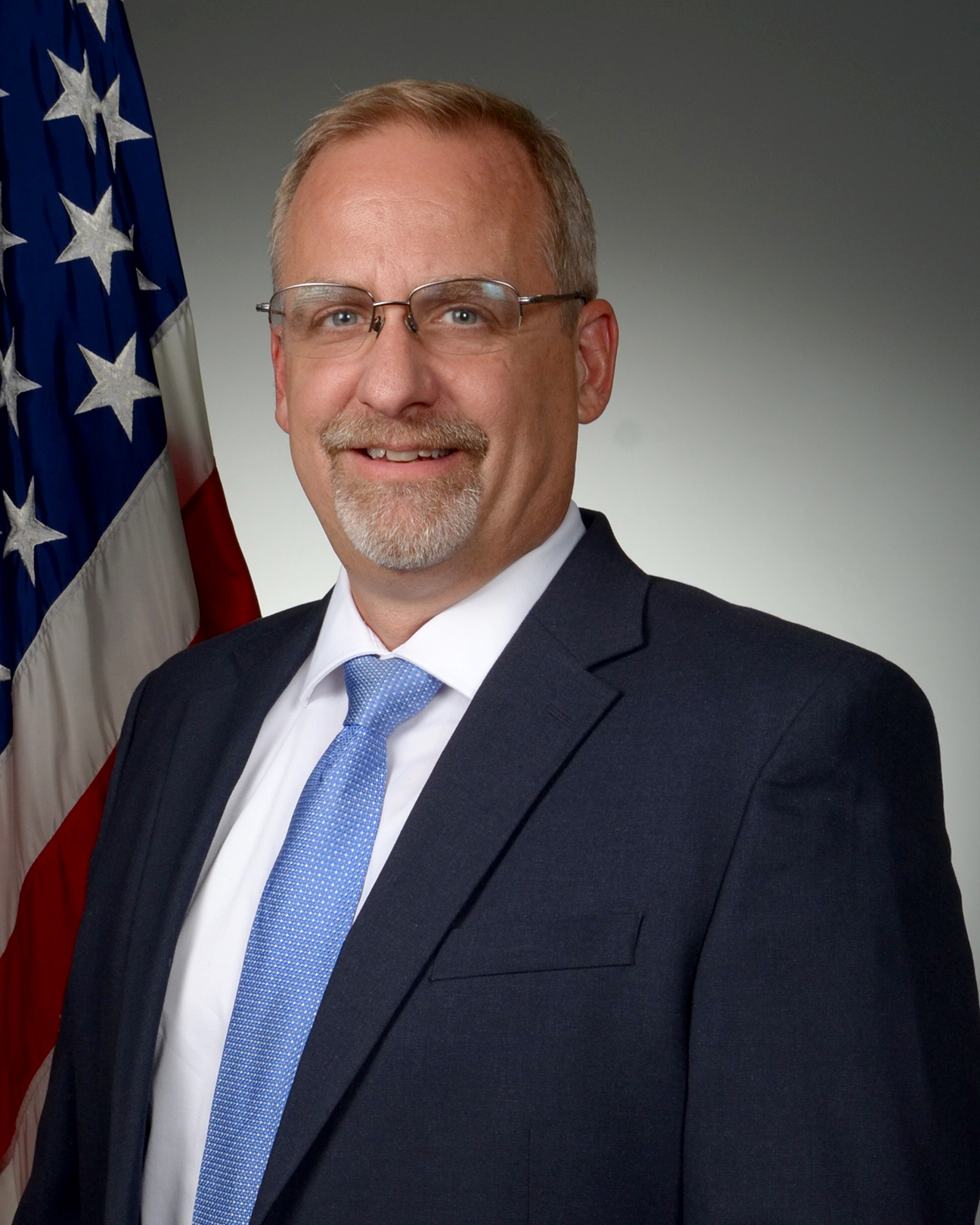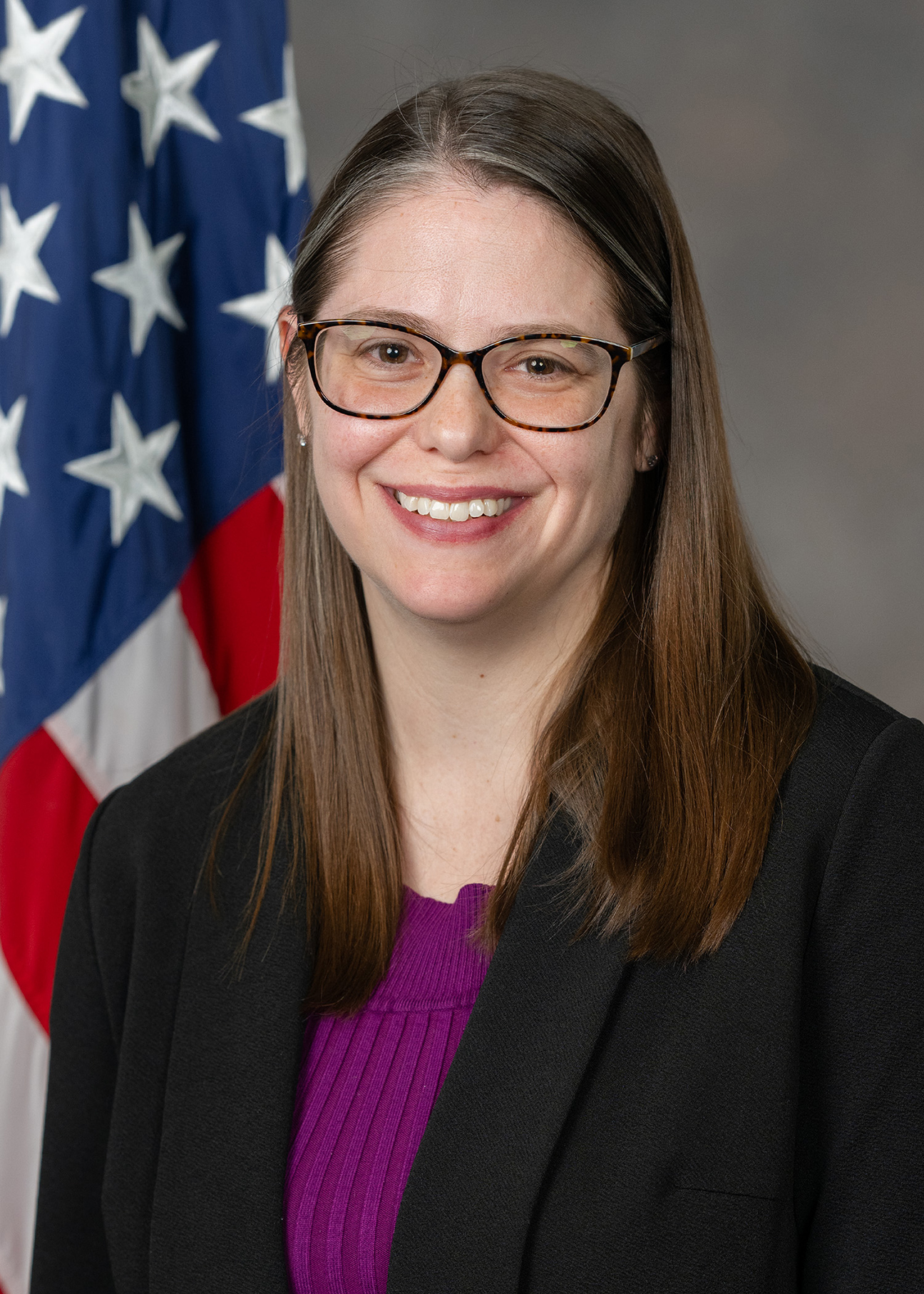AIAA class of 2025 fellows includes four AFRL engineers
WRIGHT-PATTERSON AIR FORCE BASE, Ohio (AFRL) – The American Institute of Aeronautics and Astronautics, or AIAA, announced their selections for their class of 2025 Associate Fellows in a news release Sep. 23, 2024. The 2025 list of honorees includes four engineers from the Air Force Research Laboratory, or AFRL’s, Aerospace Systems Directorate.
“The AIAA Associate Fellows personify the innovation that drives our industry forward,” said AIAA CEO Dan Dumbacher in the release. “The members of the Class of 2025 Associate Fellows embody the ingenuity that is crucial for developing solutions to the complex questions raised across aeronautics, aerospace R&D and space.”
According to its website, AIAA is the world’s largest aerospace technical society, with nearly 30,000 members representing 91 countries. It brings together industry, academia and government to advance engineering and science in aviation, space and defense.
The selection of an additional four AFRL members to join the ranks of Associate Fellows demonstrates that AFRL’s engineers are an integral part of those communities and are key to AFRL’s continued success.
AFRL’s 2025 AIAA Associate Fellow honorees are:
Dr. Dean Bryson is a research aerospace engineer in the Multidisciplinary Science and Technology Center of the Design and Analysis Branch in AFRL’s Aerospace Systems directorate. During his career, he has made significant contributions to the national and international aerospace design communities through his work in multi-fidelity, multidisciplinary design optimization technology within AFRL.
“I am honored to be recognized as an AIAA Associate Fellow,” said Bryson. “While I am receiving this recognition individually, these accomplishments are the products of many teams of people with whom I’ve had the pleasure of serving. I am very grateful for all the support I’ve received throughout my career from my leadership, colleagues, mentors and family.”
Bryson earned a Bachelor of Science in Aeronautical and Astronautical Engineering from Purdue University in 2008, and he also earned a Master of Science in Aeronautical and Astronautical Engineering in 2010. He received his Ph.D. in Aerospace Engineering from the University of Dayton in 2017.
Bryson has led state-of-the-art vehicle design optimization by introducing physics-based analysis of new disciplines into the process. His work has demonstrated the system-level impacts of including non-traditional disciplines earlier in vehicle design. These have helped make significant contributions to several ongoing AFRL flight test demonstration programs.
The impact of Bryson’s work has been recognized by multiple international and organizational awards and has led to numerous industry research and development and flight test programs.

American Institute of Aeronautics and Astronautics 2025 Associate Fellow Dr. Dean Bryson is a research aerospace engineer in the Multidisciplinary Science and Technology Center of the Design and Analysis Branch as part of the Air Force Research Laboratory’s Aerospace Systems Directorate. During his career, he has made significant contributions to the national and international aerospace design communities through his work in multi-fidelity, multidisciplinary design optimization technology within AFRL. (U.S. Air Force Photo)
Dr. Michael R. Gregg is the director of Aerospace Systems and a member of the Senior Executive Service, or SES. As director, he leads a workforce of over 1,900 people, including military, civilians and contractors, while executing AFRL programs in hypersonics, aircraft autonomy, space access, next-generation propulsion and more.
Gregg earned his Bachelor of Arts in Physics from Wake Forest University in 1987 and a Ph.D. in Engineering Physics from the Air Force Institute of Technology in 1996. In 2009, Gregg earned a Master of Science in National Resource Strategy and earned his commission into the Air Force through Officer Training School in 1988.
During his time in the Air Force, Gregg served in various technical management, staff and leadership positions covering the entire system lifecycle. His work includes basic research in solid state physics and lasers, missile defense advanced concept development, C-17 aircraft development and production, military satellite communications and space-based infrared system space system development and production and C-5 and C-17 aircraft sustainment and modifications.

American Institute of Aeronautics and Astronautics 2025 Associate Fellow Dr. Michael R. Gregg is the director of the Air Force Research Laboratory, or AFRL’s, Aerospace Systems Directorate and is a member of AFRL’s Senior Executive Service. In his role as director, he leads a workforce of over 1,900 people, including military, civilians and contractors, while executing AFRL programs in hypersonics, aircraft autonomy, space access, next generation- propulsion and more. (U.S. Air Force photo)
Dr. Rachelle Speth is a research engineer in the Integrated Systems Branch of the Aerospace Vehicles Division at AFRL, where she has spearheaded numerous high-impact projects. She has held various positions in research and engineering focusing on unsteady computational fluid dynamics, or CFD.
Speth earned her PhD from The Ohio State University in 2015, where she developed tools for analyzing simulation data and investigated coherent fluidic structures within jets and the resulting acoustics. Subsequently, Speth worked at Boeing Research and Technology, where she applied CFD tools and techniques to reduce the community noise of commercial aircraft.
“I am deeply honored to be elevated to AIAA Associate Fellow, a recognition that not only acknowledges my own contributions to the advancement of aerospace engineering but also the tireless efforts and unwavering support of my colleagues and collaborators who have worked alongside me throughout my career,” said Speth. “I have been privileged to work with people whose expertise, camaraderie and shared passion for innovation have made this achievement possible, and I look forward to continuing to push the boundaries of what’s possible in our field together.”
Speth’s notable achievements include improving understanding of the physics of small weapons released from internal bays and designing, building and testing a distributed propulsion model. One of her research highlights is the discovery of critical unsteady flow mechanisms associated with internal weapon bays, which has led to the creation of innovative tools, techniques and processes for next-generation weapons systems.

American Institute of Aeronautics and Astronautics 2025 Associate Fellow Dr. Rachelle Speth is a research engineer in the Integrated Systems Branch of the Aerospace Vehicles Division at AFRL, where she has spearheaded numerous high-impact projects. She has held various positions in research and engineering focusing on unsteady computational fluid dynamics. (U.S. Air Force photo)
Dr. Isaac E. Weintraub is a senior electronics engineer with AFRL’s Aerospace Systems directorate and has made notable contributions to the aerospace community. He has contributed multiple scientific and engineering efforts in the guidance and control of air vehicles which have significantly impacted the field of aerospace engineering.
“Making Associate Fellow of the AIAA is a direct reflection of my work with others, support of my family and personal drive,” said Weintraub. “I want to thank those individuals that have helped me with this achievement and look forward to supporting the next generation of engineers as they achieve greatness.”
Weintraub earned a Bachelor of Science in Mechanical Engineering from Rose-Hulman Institute of Technology in 2009, a Master of Science in Electrical Engineering from the University of Texas at Arlington in 2011 and a Ph.D. in Electrical Engineering from the Air Force Institute of Technology in 2021. During his career, he has been part of a team of engineers committed to designing and controlling flapping wing uncrewed aerial systems. Over the course of four years, he carried out theoretical and experimental work, earning a co-authored AIAA Best Paper and two AIAA Best Technical Presentations.
The work performed by the team produced two patents (both commercialized), one of which he was a co-inventor. Three prototype vehicles were designed, built, and tested – three currently reside in the National Museum of the U.S. Air Force to inspire the next generation of aerospace engineers and proudly display the accomplishments of AFRL.

American Institute of Aeronautics and Astronautics 2025 Associate Fellow Dr. Isaac E. Weintraub is a senior electronics engineer with the Air Force Research Laboratory, or AFRL’s, Aerospace Systems Directorate. Weintraub has made notable contributions to the aerospace community, including multiple scientific and engineering efforts in the guidance and control of air vehicles, which have significantly impacted the field of aerospace engineering. (U.S. Air Force photo)
The AIAA will formally induct the 2025 class of fellows at the AIAA Associate Fellows Induction Ceremony and Dinner Jan. 8, 2025, at the Hyatt Regency Orlando during the 2025 AIAA SciTech Forum, taking place from Jan. 6-10, 2025, at Orlando, Florida.
About AFRL
The Air Force Research Laboratory is the primary scientific research and development center for the Department of the Air Force. AFRL plays an integral role in leading the discovery, development, and integration of affordable warfighting technologies for our air, space and cyberspace force. With a workforce of more than 12,500 across nine technology areas and 40 other operations across the globe, AFRL provides a diverse portfolio of science and technology ranging from fundamental to advanced research and technology development. For more information, visit: www.afresearchlab.com.
